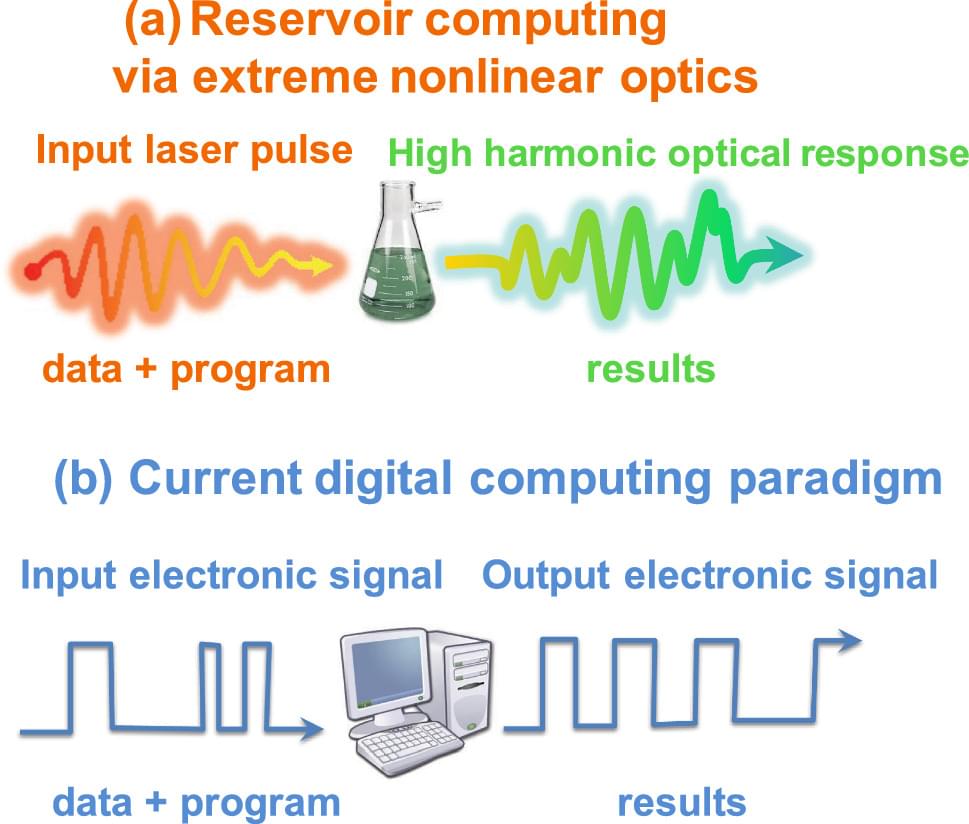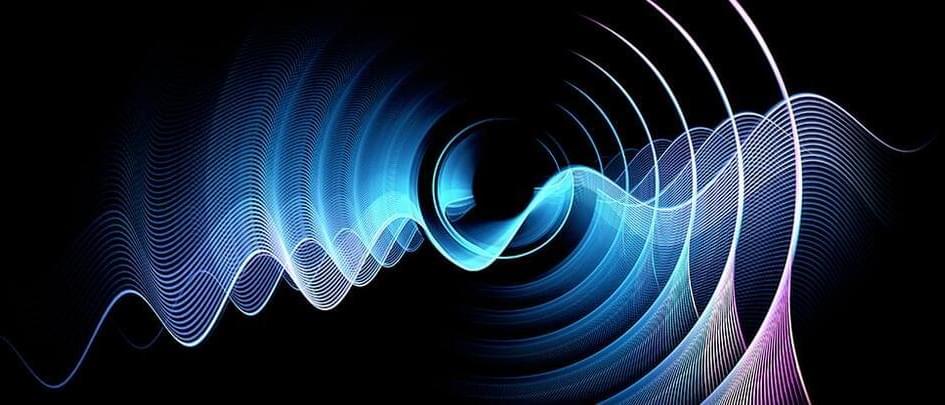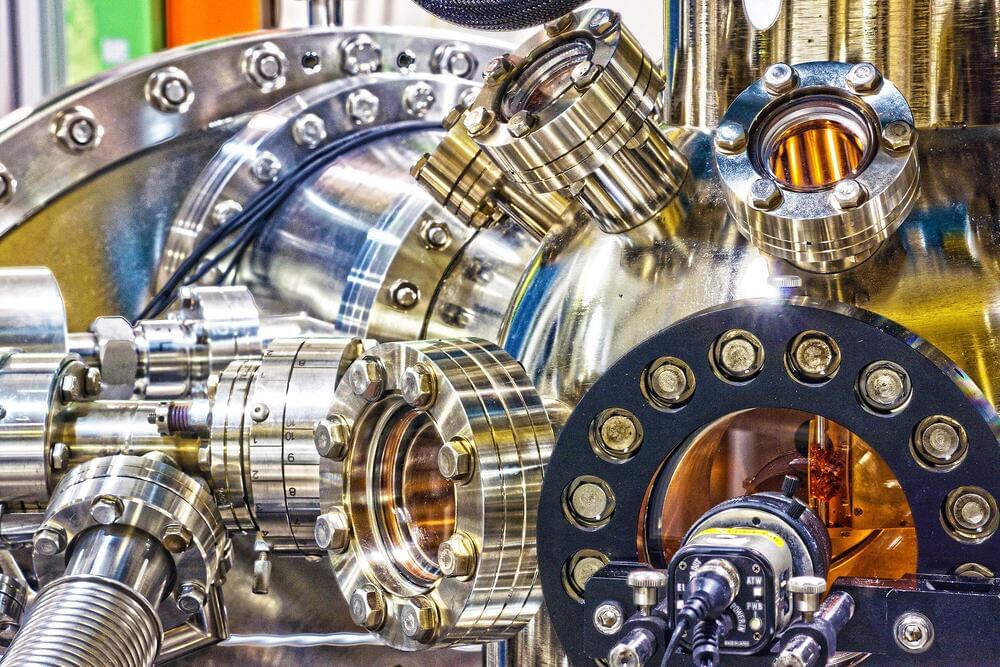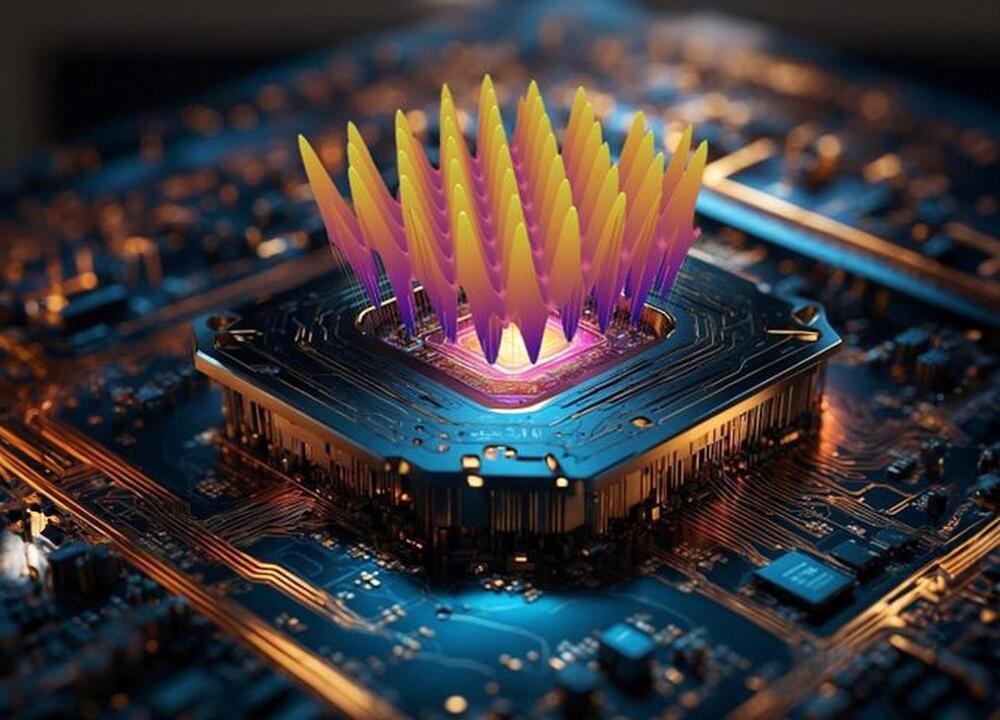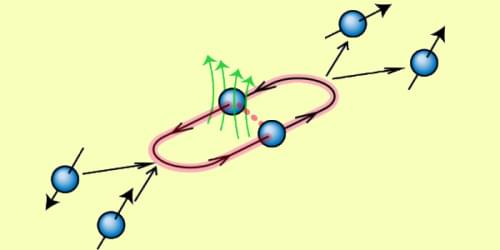face_with_colon_three year 2023.
The development of alternative platforms for computing has been a longstanding goal for physics, and represents a particularly pressing concern as conventional transistors approach the limit of miniaturization. A potential alternative paradigm is that of reservoir computing, which leverages unknown, but highly nonlinear transformations of input-data to perform computations. This has the advantage that many physical systems exhibit precisely the type of nonlinear input-output relationships necessary for them to function as reservoirs. Consequently, the quantum effects which obstruct the further development of silicon electronics become an advantage for a reservoir computer. Here we demonstrate that even the most basic constituents of matter–atoms–can act as a reservoir for computing where all input-output processing is optical, thanks to the phenomenon of High Harmonic Generation.
